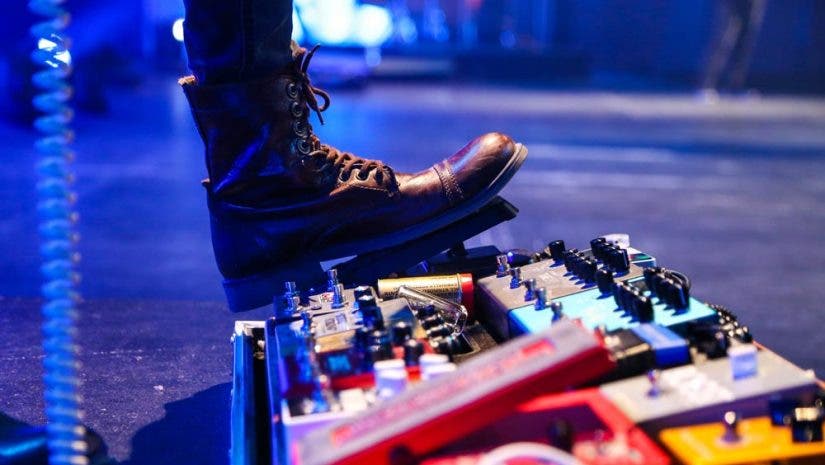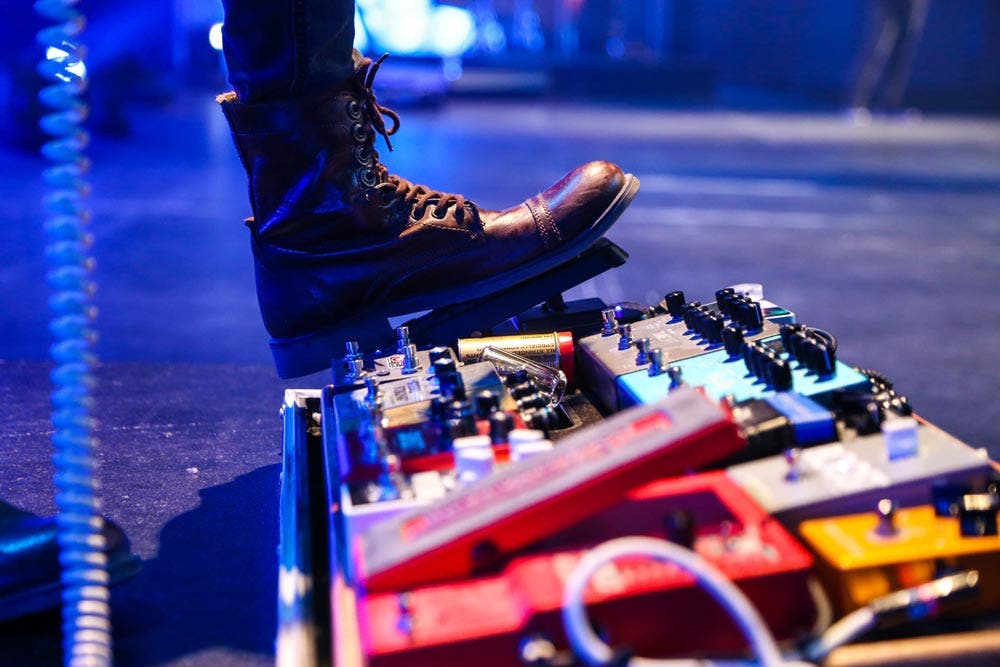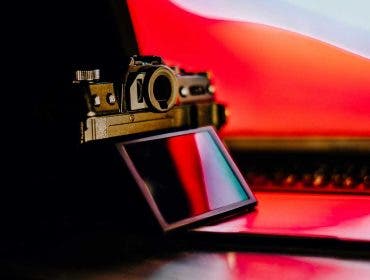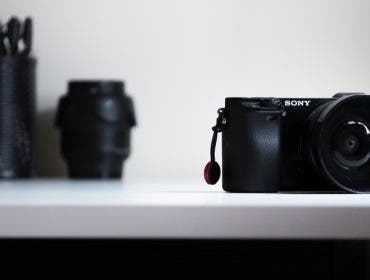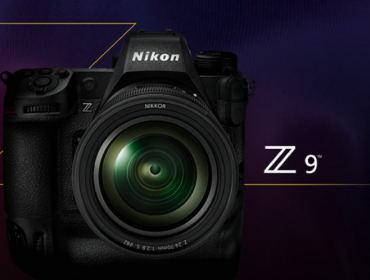While some guitarists are happy with the bare-bones sound that comes from plugging a guitar into an amplifier, sometimes you just need that extra “oomph.” That’s where guitar pedals come into play. These small floor units that you stomp on or off can provide unique sounds you’ve only dreamed of. But, the sheer number of pedal types and brands out there can be overwhelming.
If you want to dive into the world of electric guitar effects, start by checking out our guide on the essential guitar effects pedals, which offers some broad guidelines about building your pedalboard. For an overview of the diverse effects pedals that can alter your electric guitar sound, scroll down to our guide below.
Pedals vs amps: What’s the difference?
You can use pedals or an amplifier with built-in effects to add effects to your guitar sound. Several types of guitar pedals, including multi-effects units, offer the option to switch on and off mid-song easily and are more versatile than the built-in effects in an amplifier. However, built-in amp effects save space and can emulate many types of guitar pedals. Some amps are set up to play multiple effects simultaneously. In contrast, others use a single control to switch between the different effects, meaning you can’t use more than one at a time.
Get gritty with distortion/drive guitar pedals
A dirty, gritty sound has been the backbone of rock ‘n roll since its inception. From mild to wild, here are the three types of guitar pedals to get you that grit.
- Overdrive pedals replicate the light breakup of good tube amps, and if you own a tube amp, you may already have excellent overdrive. If not, you can have overdrive on demand with a classic pedal like the Ibanez Tube Screamer.
- Distortion pedals push the warmth of overdrive beyond the confines of rock and into heavy metal. Get a classic like the RAT2, which was used on Metallica’s early albums, and you’ll be on your way to searing, riff-driven mayhem.
- Fuzz boxes like the Foxy Tone distort your signal even more than distortion pedals, but in the more open, lo-fi approach of Jimi Hendrix or Seattle grunge bands.
Most players settle on either a fuzz or a distortion unit, but it’s always good to have an overdrive pedal on your board. Overdrive can even add needed boosts for solos when used along with distortion or fuzz pedals.
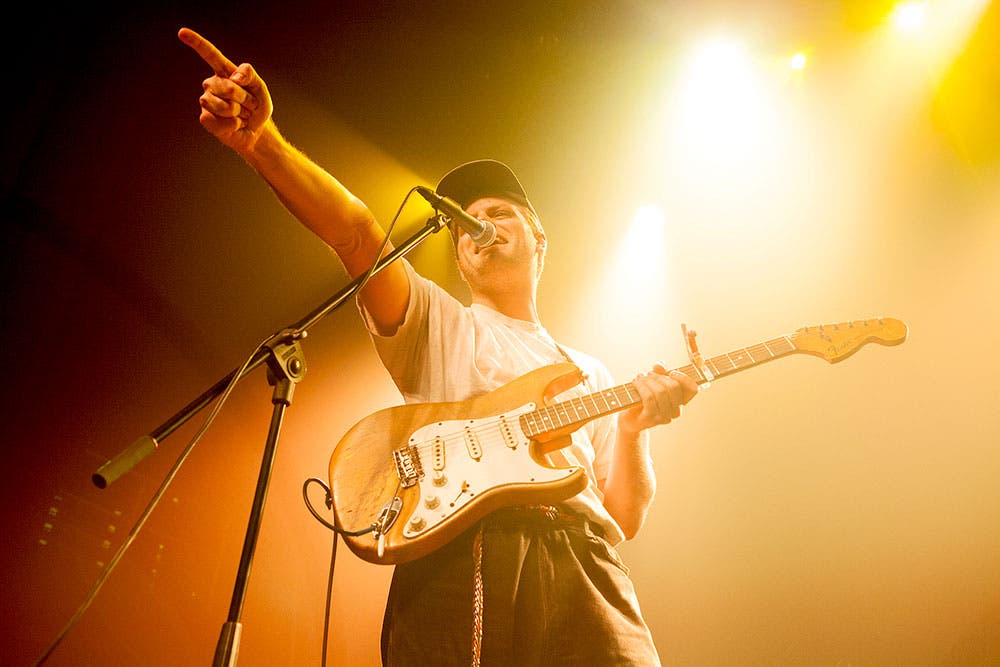
Get spacy with modulation guitar pedals
Modulation pedals comprise a huge family of guitar pedals, but they’ve all got one thing in common: They alter (or “modulate”) your guitar’s tone or pitch.
- A chorus effect pedal like the Fender Bubbler is a great effect to “fill up” your sound in a retro-’80s manner. The effect multiplies your notes so that it sounds like multiple guitars are playing at once, with some notes sounding a tiny bit out of tune or wavering.
- A tremolo pedal like the Pipeline cuts your signal in fast intervals so that it sounds like a psychedelic, stuttering machine gun. If you’re unsure what that means, just listen to the opening notes of the Joan Jett classic “Crimson and Clover.”
- Octave pedals like the T-Rex Quint Machine double your notes an octave above, below, or even more.
- Flanger and phaser effects are slightly different approaches to the same idea: regularly rotating your tone through bass, mid, and treble tones.
- Wah pedals like the aptly-named Dunlop Cry Baby shift your guitar tone like a phaser, but you control the tone manually on a treadle. Rock your foot all the way back for fuzzy bass, and all the way forward for tinny treble.
Shout into the void with echo effects
You often need effects that replicate the sounds of playing in a cavernous concert hall, extending your sound’s length and resonance.
- Reverb is a common effect onboard many amplifiers, but if you don’t have it, you need a reverb pedal like the Hall of Fame. This reverb effects pedal replicates the sound of a huge, resonating cave.
- A delay pedal like the DOD Rubberneck is a different type of echo. This analog delay pedal repeats your note back at you in gradually fading volumes. Set it short for a “slapback” sound like early Elvis songs, or long for the trippy ambience of Pink Floyd.
Echo effects often overlap with modulation effects. Especially with delay pedals, it is common to alter echoing notes with chorus pedals or tremolo effects.
Control your sound with dynamic effects pedals
Dynamic effects pedals are guitar pedal types that can either change your overall volume or help tame volume variations. Dynamic effects pedals are also great for leveling out the volumes in songs with both louder and quieter sections.
- A compressor pedal is a dynamic effect pedal that smooths out your guitar signal’s highest and lowest volume levels to a more consistent level. Compression types of guitar pedals boost the overall level of your guitar while clamping down on the volume of the peak parts to prevent clipping. Try the BOSS Compressor, a popular option.
- The volume pedal is a dynamic effect that is as simple as it sounds! A volume pedal uses an expression foot controller to raise or lower your guitar’s volume. Use these guitar pedal types to fade your guitar signal to zero between songs, or try swelling the guitar signal for ambient effects. Try the Dunlop DVP3 Volume (X) Pedal.
- Boost effect pedals simply increase overall volume. Boost pedals are typically used during guitar highlights or solos; those moments when you want to cut through the band and really shine with the guitar. Our pick? The EarthQuaker Devices Tone Job V2 EQ and Boost Pedal.
Other Pedals
What are guitar pedals that don’t fall neatly into any of the previous categories? These pedals are mainstays in our collection but do not fit into a class on their own. Some of these types of guitar pedals include loopers, switchers, tuners, and more.
- A looper pedal is an effects pedal that records a phrase of your playing and loops it back repetitively. These phrases can play sequentially in a song-style format or overdubbed to create dense layers. These types of guitar pedals are ideal for laying down rhythm tracks to practice soloing over. Try the Boss RC-500 Loop Station Pedal.
- A switcher or A/B pedal is not an effect exactly, but a powerful pedal unit to have on your pedal board. A Switcher allows you to switch between different effects chains, guitars, amplifiers, and more – all at the push of a footswitch. Try the Outlaw The Wye ABY Switcher Pedal.
- The tuner pedal is arguably your most important pedal. Always the first in the pedal chain, the tuning pedal silently and quickly gets you tuned. The tuning pedal also helps you accurately tune your guitar in a noisy stage environment. Try the TC Electronic Polytune 3 Polyphonic Tuner Pedal for Electric Guitar and Bass.
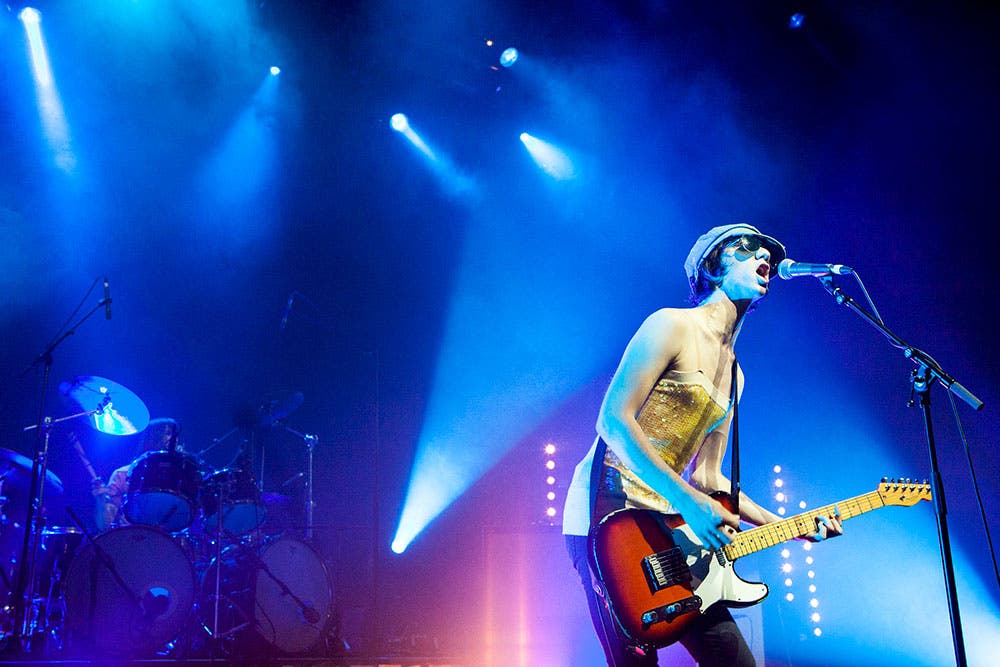
So, which guitar pedals should I get?
Every guitar player has their own unique preferences for sounds, and that’s what makes the huge variety of guitar pedals out there so exciting. If you’re unsure how to begin building your pedal collection, start with an overdrive, distortion or fuzz, and a reverb or delay pedal.
There are also many pedals out there that serve more utilitarian purposes such as tuners, volume controls, and multi-band graphic equalizers are all very useful pedals. While they’re not as dramatically fun as effects pedals, they are essential parts of many guitar players’ boards.
At Adorama, we carry guitar pedals from trusted names such as Boss, TC Electronic, Ibanez, and many more. See our full selection of pedals and start producing the sounds you want today.
